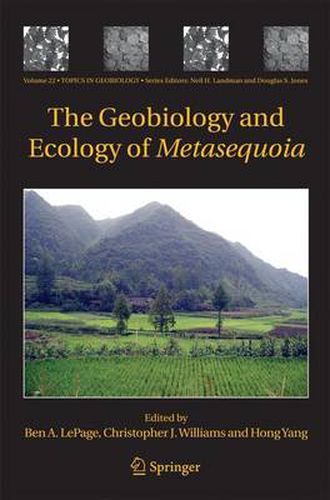Readings Newsletter
Become a Readings Member to make your shopping experience even easier.
Sign in or sign up for free!
You’re not far away from qualifying for FREE standard shipping within Australia
You’ve qualified for FREE standard shipping within Australia
The cart is loading…






This title is printed to order. This book may have been self-published. If so, we cannot guarantee the quality of the content. In the main most books will have gone through the editing process however some may not. We therefore suggest that you be aware of this before ordering this book. If in doubt check either the author or publisher’s details as we are unable to accept any returns unless they are faulty. Please contact us if you have any questions.
The plant fossil record indicates that the genus Metasequoia was widely distributed throughout the Northern Hemisphere from the early Late Cretaceous to the Plio-Pleistocene. Today the genus has shrunk to one species with approximately 5,000 mature individuals in southeastern China’s Xiahoe Valley. This book distills the current understanding of the biology, ecology and physiology of fossil and living Metasequoia, current research directions and problems that remain unresolved.
$9.00 standard shipping within Australia
FREE standard shipping within Australia for orders over $100.00
Express & International shipping calculated at checkout
This title is printed to order. This book may have been self-published. If so, we cannot guarantee the quality of the content. In the main most books will have gone through the editing process however some may not. We therefore suggest that you be aware of this before ordering this book. If in doubt check either the author or publisher’s details as we are unable to accept any returns unless they are faulty. Please contact us if you have any questions.
The plant fossil record indicates that the genus Metasequoia was widely distributed throughout the Northern Hemisphere from the early Late Cretaceous to the Plio-Pleistocene. Today the genus has shrunk to one species with approximately 5,000 mature individuals in southeastern China’s Xiahoe Valley. This book distills the current understanding of the biology, ecology and physiology of fossil and living Metasequoia, current research directions and problems that remain unresolved.